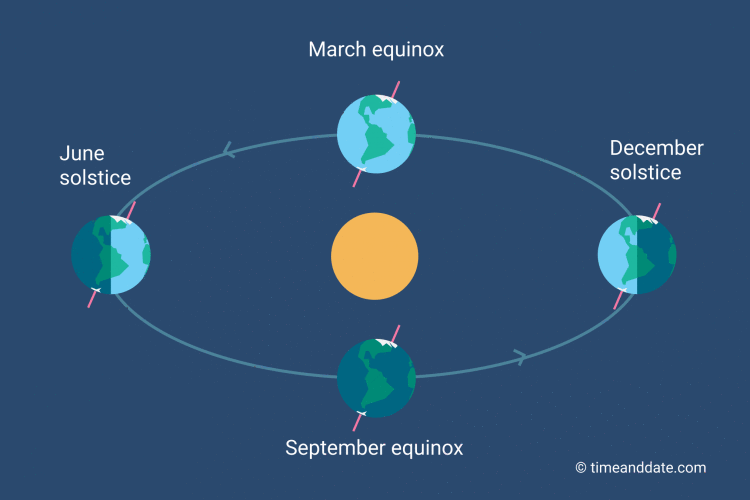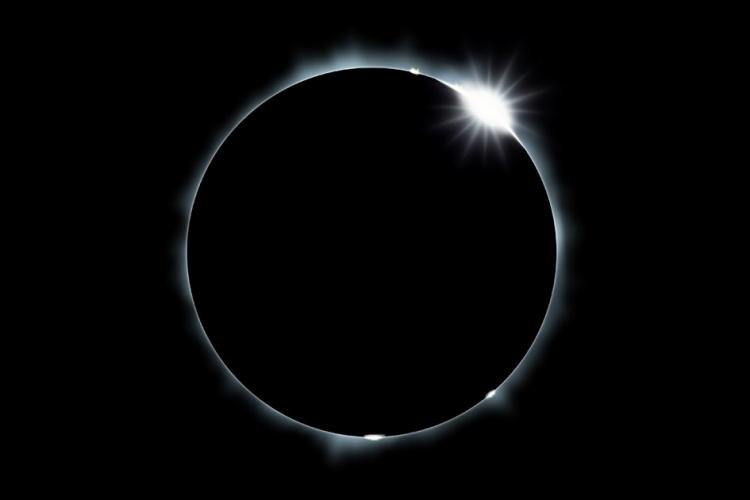Topic: Gas Giants
Objective: Compare and Contrast Gas Giants
Home Learning:
- Achieve 3000 (Earth's Cousin due 9/30/2016)
- Edpuzzle video and quiz (Gas Giants due 9/30/2016)
- pages 159-169
- Gas Giant Guided Notes
- Compare and Contrast Gas Giant Activity
***NOTE***
Some classes finished the last two assignments during class.

GAS GIANTS
- Jupiter, Saturn, Uranus, and Neptune are called gas giants.
- Jupiter is fifth from the sun. Jupiter is the largest planet in the solar system and is considered a gas giant. Jupiter has no solid surface.
- Saturn is sixth from the sun. Early scientists thought Saturn was the only planet with rings, but we now know that all four gas giants (Jupiter, Saturn, Uranus, and Neptune) have rings
- Uranus is seventh from the sun. Uranus is a gas giant.
- Neptune is eighth from the sun. Neptune appears blue through telescopes and is a gas giant.



